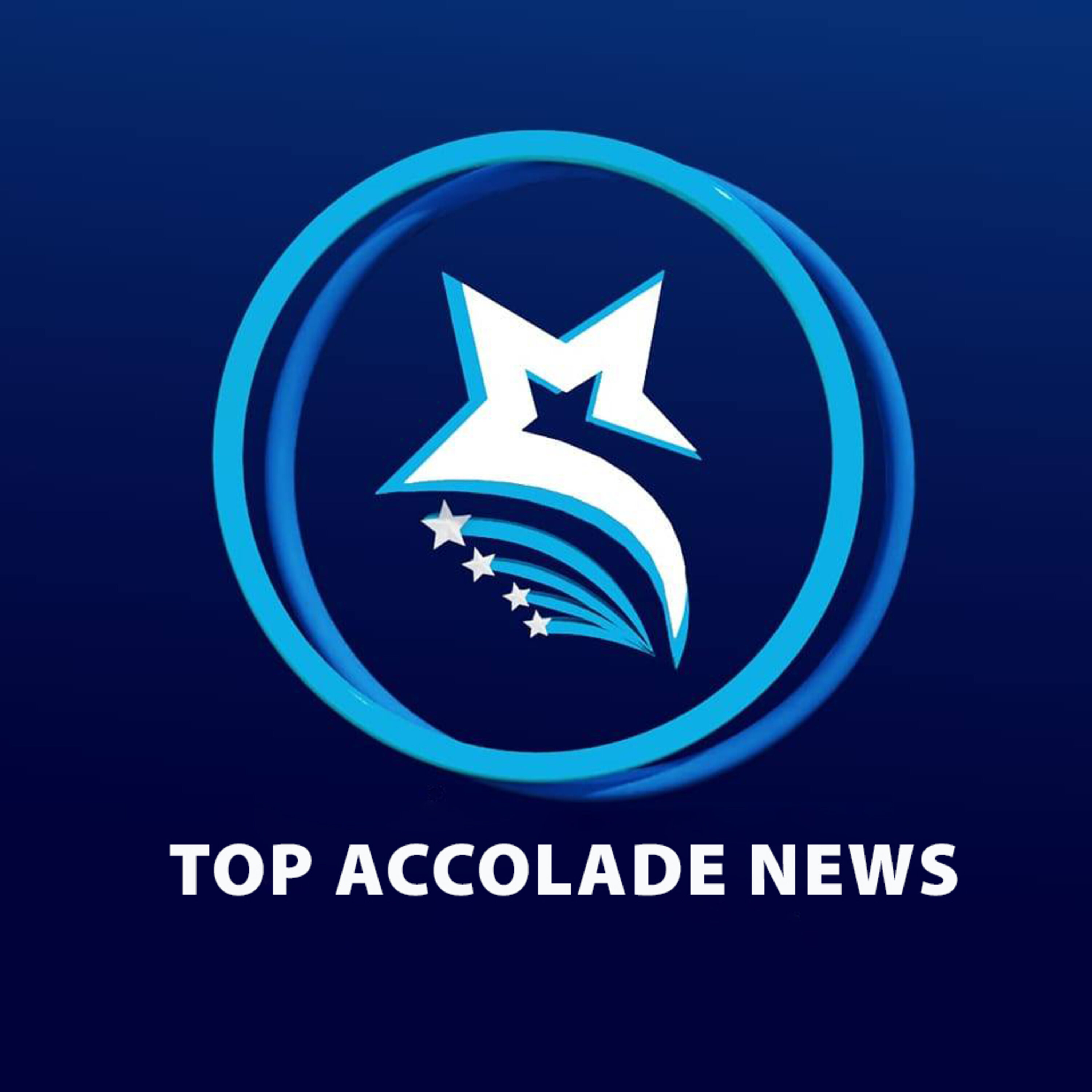South Africa has begun a nationwide vaccination campaign at feedlot level to control a foot-and-mouth disease outbreak that has disrupted the beef industry. Major producer Karan Beef is under quarantine, and the government aims to reduce the virus spread, lift restrictions, and stabilize meat supply and trade.
South Africa Launches Vaccination Drive Amid Worsening Foot-and-Mouth Outbreak


South Africa has rolled out a nationwide livestock vaccination campaign in a bid to contain the escalating outbreak of foot-and-mouth disease (FMD), a development that has placed significant strain on the country’s meat industry and forced a halt in operations at one of its largest beef producers. The outbreak has raised alarm across the agricultural sector, prompting swift government intervention to safeguard food supply chains and protect the economy.
On Monday, Agriculture Minister John Steenhuisen visited Karan Beef, a major commercial feedlot in Gauteng Province, to formally launch the vaccination program. This campaign marks a historic first: the administration of vaccines at the feedlot level — a targeted approach designed to contain the virus at critical points of production. Steenhuisen emphasized the strategic importance of this move, noting that Karan Beef alone accounts for nearly 30 percent of the country’s beef industry output.
“This is the first time we are implementing vaccinations at the feedlot level in an effort to bring foot-and-mouth disease under control,” Steenhuisen stated during his visit. “The beef industry plays a critical role in South Africa’s economy and food supply. The outbreak has brought operations at key facilities to a standstill, resulting in supply disruptions and price volatility. Our goal is to mitigate these shocks as quickly and efficiently as possible.”
Foot-and-mouth disease is a highly infectious viral illness that primarily affects cloven-hoofed animals such as cattle, pigs, goats, and sheep. While the disease is not typically fatal, it causes severe symptoms including high fever, painful blisters on the mouth and feet, lameness, and a significant drop in productivity among infected livestock. The economic impact is often severe, as infected animals must be quarantined and trade restrictions are imposed to prevent the spread of the virus.
Dr. Wynton Rabolao, Gauteng’s Chief Veterinarian, explained the rationale behind the government-led vaccination drive. He said that the state’s involvement is crucial for controlling the disease’s spread and eventually lifting the stringent movement restrictions currently in place on affected farms.
“The reason the state is stepping in to carry out vaccinations is to help decrease the viral load and contain the outbreak,” Rabolao said. “At the moment, the farm is under full quarantine. Nothing is allowed to move in or out — not feed, not equipment, and certainly not animals. Even those that are ready for slaughter must remain on site. This level of restriction, though necessary, has far-reaching consequences for farmers and the broader supply chain.”
Rabolao added that proactive vaccination, combined with biosecurity measures and surveillance, is the most effective way to limit the geographic spread of the virus and reduce its economic toll. He praised the cooperation of veterinarians, agricultural officials, and farmers who are working tirelessly to execute the campaign under intense pressure.
Authorities are hopeful that the new strategy will not only curb the current outbreak but also set a precedent for managing future cases of FMD in South Africa. By stabilizing the livestock sector, the government aims to restore domestic and international confidence in the safety and reliability of South African beef exports, which have suffered due to movement bans and trade restrictions imposed by several countries.
Stakeholders across the agricultural sector, including producers, veterinarians, meat processors, and exporters, are closely monitoring the situation. Many have expressed support for the government’s decisive action and underscored the importance of sustained investment in veterinary infrastructure, disease surveillance, and emergency response planning.
As the vaccination campaign gains momentum, the focus remains on protecting animal health, minimizing economic losses, and restoring normalcy to a sector that is vital to both rural livelihoods and national food security. The coming weeks are expected to be critical in determining the effectiveness of the intervention and the timeline for lifting quarantines and resuming normal trade flows.

 বাংলা
বাংলা  Spanish
Spanish  Arabic
Arabic  French
French  Chinese
Chinese 
